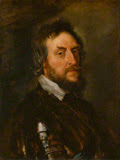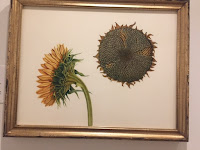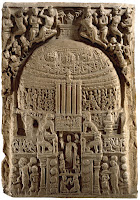Victorian Celebrities: G.F. Watts Hall of Fame

An interesting discussion at the National Portrait Gallery marking 200 years since the birth of G.F.Watts. The event focused on Watts “Hall of Fame”, a series of portraits of the heroes of his age, 17 of which were given to the gallery when it was founded. All the pictures are the same size and have the same focus on the head against a dark background. They tend to be reformers and campaigners. The speakers broadcaster A N Wilson and Art Historian Richard Ormond talked us though a selection of the pictures looking at who the sitters were, why Watts had chosen them and telling some anecdotes about the sittings. They then talked about Watts legacy and how the Hall of Fame pictures continue to be popular at the gallery despite the dip in fashion for Victoriana and how he compares to some of his contemporaries.



























